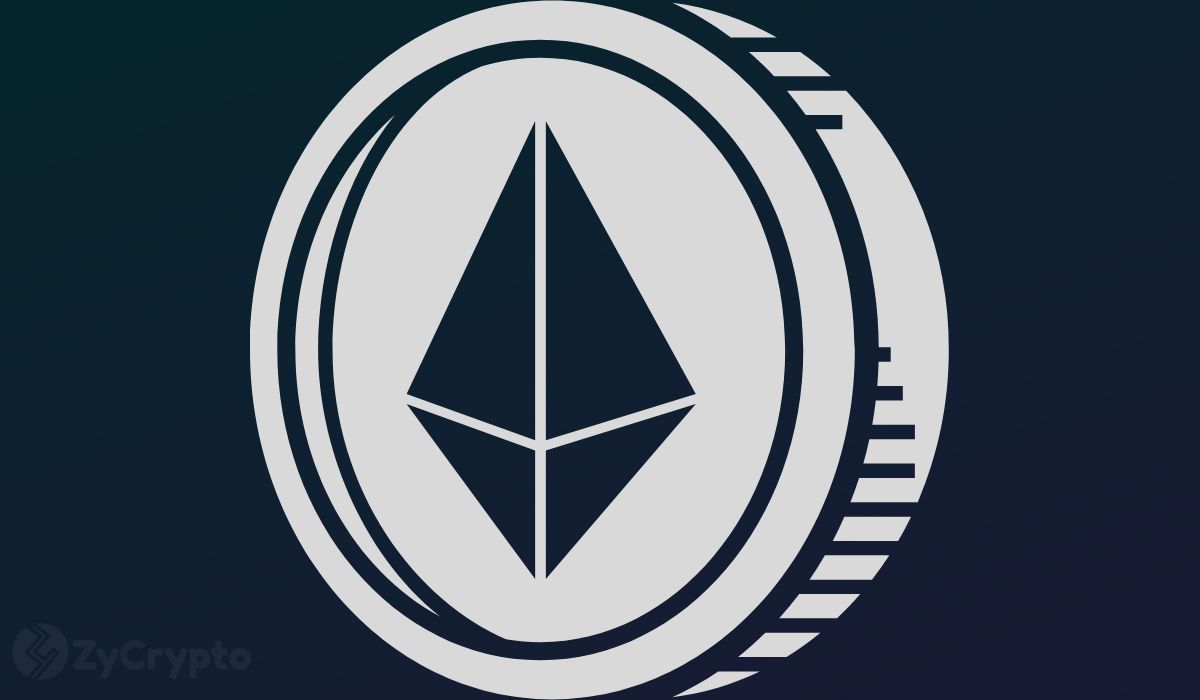- Past the hard fork, validators and ETH stakers would be able to redeem their staked tokens.
- Other improvements aim to reduce gas fees in the second-largest blockchain.
The Ethereum community may have to wait longer for the Shanghai upgrade after the core developers’ bi-weekly meeting, Execution Layer Meeting 156, ended with a decision to have the hard fork run on the Goerli test network by March 14 and the final deployment somewhere in April.
The upgrade on the Goerli test network is an essential step in the run-up to the Shanghai fork, considering that the testnet is the largest in the Ethereum blockchain. Past Goerli, the developers would decide when to have the Shanghai upgrade on the main network, according to the deliberations of the March 2 meeting. The team successfully deployed the fork on Sepolia, a separate test network, on February 28.
Why Shanghai is the most important upgrade in Ethereum
Also referred to as Shapella, Shanghai hard fork is the most anticipated upgrade on Ethereum, considering its financial implications. Ethereum Improvement Proposal – 4895 (EIP-4895) in the upgrade allows the transaction validators and token stakers to withdraw their staked ETH from the beacon chain once the fork goes live.
The amount of staked Ether, which started as early as December 2020, is at 17.4 million – according to Etherscan – valued at $27.2 billion. Per the set rules, those who staked more than 32 ETH in the chain could take part in validating blocks for rewards. Some top stakers include Coinbase, Lido, Kraken, and Binance.
Last year’s Merge, which saw Ethereum move from the proof of work to the proof of stake model, provided that validators lock up their Ether until a future upgrade, the Shanghai upgrade. Surrounding the unstaking is the speculation that a large amount of Ether released to the market at once could push down the price of Ether. However, analysts believe that most stakers may not dispose of their funds due to the current bear market.
Other improvements in the hard fork
There are also other improvements in the Shanghai upgrade – EIP-3651, 3855, 3860, and 6049 – mostly aiming to reduce Ethereum gas fees, known to spike when there is an enormous amount of transactions on the queue. Specifically, EIP – 3651 aims to lower gas fees in the Maximum Extractable Value when accessing COINBASE, a software that lets developers receive tokens (unrelated to Coinbase crypto exchange.)
Last month, in a report by ZyCrypto, Ethereum released a shadow fork – a test model for the actual main network that allows developers to stress-check the code for the upgrade. A few technical problems were reported during the shadow forking for the nodes using Geth clients, according to one of the core developers, Marius Van Der Wijden.
Still to come later in the year are other upgrades targeting the Ethereum Virtual Machine – Ethereum’s platform for smart contracts – and sharding aimed at scalability.







